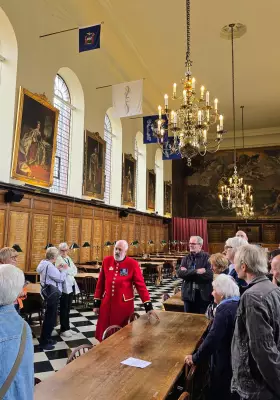
The National Gallery of Australia is grappling with a dual crisis that threatens one of the country's most important cultural institutions. Behind the stunning exhibitions and world-class art collections lies a building in distress, plagued by leaking roofs and mounting maintenance issues.
Financial pressures are mounting as the gallery faces what insiders describe as a perfect storm of challenges. With operating costs soaring and government funding failing to keep pace, the institution is being forced to make difficult choices between preserving its collection and maintaining its physical home.
Infrastructure in Peril
The gallery's iconic building, a landmark in the nation's capital, is showing its age. Multiple sources confirm that water leaks have become a persistent problem, threatening both the building's structure and the priceless artworks it houses. The situation has reached a point where temporary buckets and protective coverings have become part of the gallery's daily operations during wet weather.
"We're facing the reality that cultural institutions need proper investment to survive," said a gallery representative who spoke on condition of anonymity. "When you're choosing between fixing a leaky roof and acquiring new works for the national collection, something has to give."
Funding Gap Widens
Analysis of the gallery's financial position reveals a growing gap between operational needs and available resources. While visitor numbers have been strong, the costs of maintaining a building of this scale, coupled with rising energy prices and inflation, have created unsustainable pressure.
The gallery's predicament reflects broader challenges facing cultural institutions across Australia. Many are struggling to balance their role as public attractions with the reality of aging infrastructure and limited government support.
What's at Stake
The National Gallery houses over 155,000 works of art, including iconic Australian pieces and international masterpieces. The collection represents billions of dollars in cultural value and forms a crucial part of Australia's national identity.
Experts warn that without immediate intervention, the situation could lead to:
- Restricted access to certain galleries during poor weather
- Potential damage to irreplaceable artworks
- Reduced capacity for major exhibitions
- Long-term structural damage to the building
The gallery's management is now facing tough decisions about how to allocate limited resources while maintaining the institution's world-class standards. As one staff member noted, "We're doing our best to protect our national treasures, but we can't keep fighting leaks with buckets forever."





